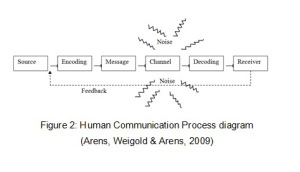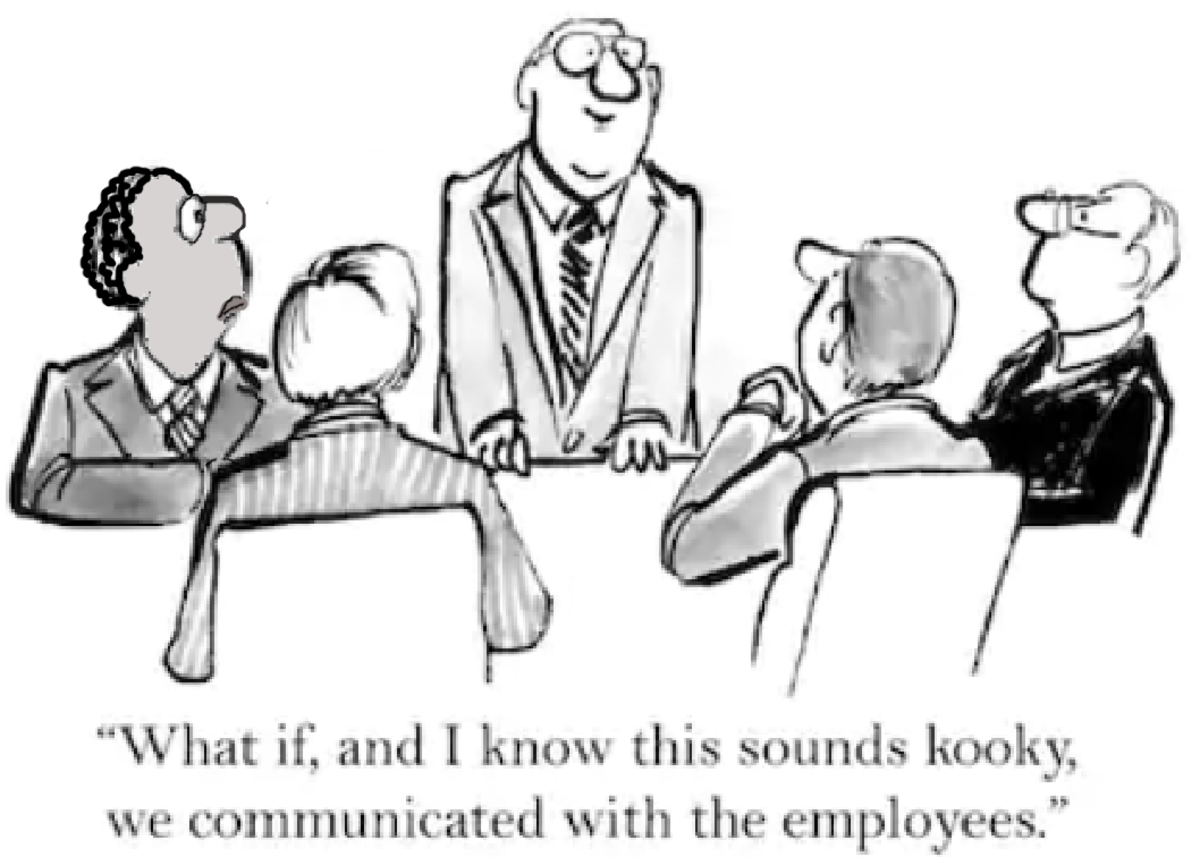The Basics of Human Communications
Introduction
Do words matter in communications? How much? In case one feels that words are the only important thing in communications, then it would be a good idea to ponder over the fact as to how a dog indicates its love for the master – no words are ever exchanged from the dog’s side but its whole body becomes a transmitter of infectious love and happiness – starting with the tail. A little child communicates happiness and discomfort without even a single intelligible word being spoken. To get a different perspective on communications, it would be nice to continue to read this article further.
Human beings communicate continuously, whether knowingly or unknowingly. Most of us believe that we are nearly perfect or very good at communicating, since we have been doing it all our lives. However, the actual fact is that we are nowhere close to being good at it. What is the reason?
The reason would be clear if we can answer the following question. What is communication? Communication is a two way process, in which a message is sent out from the sender to the receiver; the receiver gives feedback; and this process continues in a loop until the same meaning is shared between the sender and the receiver. The message can be transmitted either verbally in the form of oral or written communications, or through non verbal means like body language, gestures, postures, face & eye expressions, touch, etc. Communication is a concept that has been variously defined in text books. These definitions essentially characterise communications in terms of two basic issues, which are: -
- First, communication entails the transfer of information (facts, opinions, ideas, feelings, instructions, commands, etc.) from the sender to the receiver
- And second, communication entails the transfer of meaning from the sender to the receiver

Effective Communications
Communications are useful only when they are effective – the very purpose of communicating being that the transfer of information from the sender to the receiver should lead to the same meaning being shared by each of them, at the completion of the transaction(s). This can only happen when the sender and receiver are both active participants in the process and thus entails a responsibility not only on the sender to obtain or elicit feedback in order to determine whether or not the communication was effective but also on the receiver, who is responsible to provide honest feedback. Or in other words, effective communication is a two way process, and is only effective when the desired understanding or action takes place. Let us now analyse what goes into the different types of communications that we humans engage in, starting with face to face communications.
Face to Face Communications
Face to face communication means the exchange of information, ideas, thoughts, and feelings between people when they are located within the same physical space. Face to face communications even today remain the most powerful form of human interaction. Modern electronic devices of today’s digital world can never fully replace the intimacy and immediacy of people conversing face to face. This type of communication takes place in many of our personal relationships, as well as during a wide range of business activities that include meetings at the table, in the hallway, small talk during coffee breaks, lunch and during training sessions. It is worth noting here that nothing can replace the face to face communication as this is how human communications have evolved over millennia. Eye contact, facial expressions, body postures, the person’s appearance, distance, speed of the speech are essential and important non verbal cues that automatically send a message that is open to interpretation by the receiver.
This being the case it is important to understand that in this kind of a situation, the message content is dependent just 7% on the spoken words. The major part of the message content is conveyed by the tone employed while speaking (38%); and on the non verbal aspects of communications (55%) like body language, eye & facial expressions, postures etc. It is important to remember that in such a situation, words of the sender convey very little meaning to the receiver, if they are not backed by the right tone and the non verbal cues. Imagine a person telling another person that he is happy to be there, while at the same time furtively looking at the watch, and then getting exasperated at the slow pace of the conversation. The message communicated during this interaction would be stored in the recipients brains, and all future interactions between the participants would take place, keeping the sense of this stored communications in mind. The message that would stay with the participants would be the exact opposite of what was stated by the speaker. Thus, in face to face communication, words are the least important. Words become important in other situations that are encountered during our interactions with other humans.

Written Communications
Words convey different meanings to different people and similarly the same things may be known by different words in different peoples. As an example, the ‘restroom’ in the USA becomes the ‘washroom’ in neighbouring Canada; the lavatory in India and the ‘loo’ in London. Imagine how difficult it could be dealing with words across cultures, especially in written communications where 90% of the meaning is conveyed through words or symbols, with only the balance 10% through the tone of the message. This implies that the choice and use of words and symbols are critical in written communications, like in Standard Operating Procedures, Orders and Instructions, etc. The initiator of the written communications should be able to unambiguously create the message in such a way that clearly conveys the intended meaning. It is the responsibility of the others also to clarify every written communication and get it rectified in case the words and symbols, etc. are perceived differently from what they are intended to convey. Latent errors in written communications are possible and should be eliminated for more effective communications.
Communications on the Telephone or Intercom
When one communicates using the telephone or the intercom, one is not able to gesture, point, or look the other person in the eye. This can be a disadvantage considering what we have just learnt about face to face communications. However, the good news is that we can easily make up for that disadvantage and have good communications by modulating our voice and by using the right words. We should be aware that in such a situation the content of the message is conveyed through the spoken words (55%), and the balance 45% through the intonation, speed, volume and clarity of the spoken words. Guess why customer service representatives are indoctrinated that it is important to smile while speaking on the telephone - the tone carries through to the recipient.
In case of any disruptions in any of the messages, it is important to repeat the complete message/ seek a clarification, instead of assuming. It is always a good idea to keep distractions to a minimum during the communication process, and keep the focus on the communications only. Also, it is a good idea to summarise the important part of the communications at the end of the process, and also to test the understanding of the other participant. Choice of words in communications on the telephone or intercom has significant implications, and thus should be chosen with great care.
Summary
Effective communications implies the transfer of information, ideas, thoughts, emotions, etc from the sender to the receiver and should lead to the same meaning being shared by each of them, at the completion of the transaction(s). Communications involves both verbal and non verbal transmission of information. The importance of words keeps varying based on the mode of communications; words are relatively less important in face to face communications but are most important in written communications. This is an important fact that needs to be effectively made use of while communicating with other human beings.








